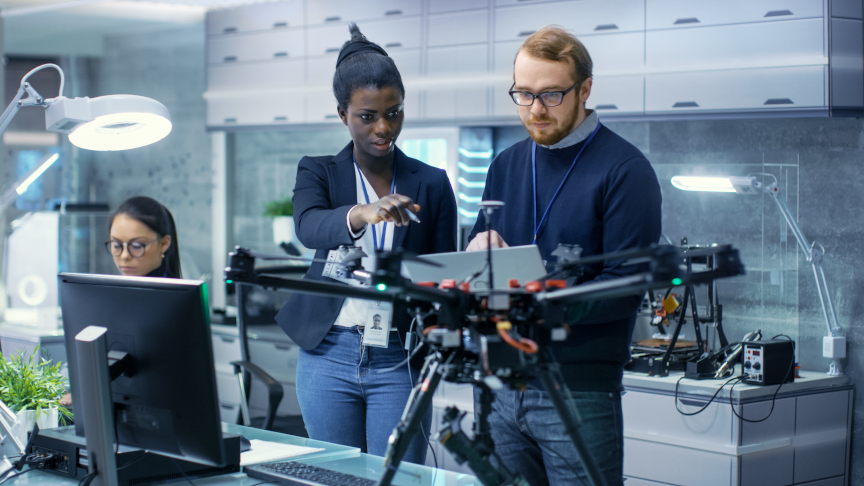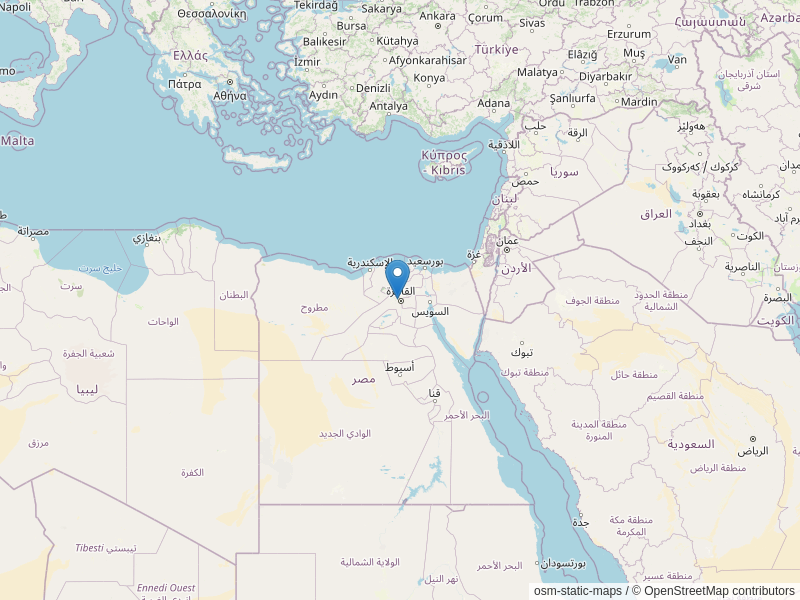Non-Destructive Testing in Cultural Heritage and Other Applications

The event entailed scientists, researchers and scientific institutions from civil and environmental engineering, engineering geology and geophysics, lightweight constructions (CFRC and GFRC) in Aeronautic and Automotive, biomedical engineering to cultural heritage protection and forensic archeology. The guests were able to get a glimpse into current projects of the Technische Universität München (TUM) on Non-Destructive Testing (NDT), which is conducted and chaired by Prof. Dr Christian Grosse. The public lecture discussed the work of Prof. Dr Grosse regarding current projects of the TUM, NDT in cultural heritage and NDT in the medical field – representing a best-practice example for innovative and successful bilateral cooperation.
Starting with an overview of projects and developments at the Chair of Non-destructive Testing at TUM, Prof. Grosse introduced Non-Destructive Testing (NDT), which is a method that is known in many fields to discover the properties of a material, the components, the structure or the system without causing damage to the original good. While presenting a wide range of applications used to scale the human body, monuments, materials or the earth itself Prof. Grosse introduced NDT techniques such as radar, ultrasound or infrared thermography to only name a few. Reflecting on the relevance and development of this topic in Egypt, Prof. Grosse highlighted the Center of Non-destructive Techniques at the Cairo University as one of the leading institutions in this field, which is supervised by former Minister of Higher Education and State Minister for Scientific Research and currently professor of Rock Mechanics and Engineering Geology at Cairo University Prof. Dr. -Ing. Hany Helal, who also attended the event. After an interesting insight into projects in the field of archaeological, forensic, civil-, geotechnical- and mechanical engineering, a dynamic exchange took place during the first Q&A session.
On the next subtopic of “Non-Destructive Testing in Cultural Heritage”, Prof. Grosse presented a vast range of its applications like the example of Sportscar BMW Wendler of Deutsches Museum, Airplane ME 163 in Deutsches Museum Flugwerft as well as the investigation of cultural heritage monuments in Bavaria and leading on to the archeological investigations of the pyramid of King Khufu (Cheops) in Gizeh. Discovering and unraveling further aspects of how the pyramids have been built, Prof. Dr Grosse talked about the ongoing collaboration with Cairo university, in the framework of DAAD supported project “Improvement of Non-Destructive Testing Techniques in Archaeology and for the Preservation of our Cultural Heritage”. The project consists of a team of experts from the field and students from Germany and entails field measurements, education and training in summer -and winter schools in Egypt and Germany with the respective universities. With the aim of knowledge exchange and skill development, the project enables their participating students to become experts in operating NDT measurement instruments while sustainably contributing to the international scientific discourse. The collaborating entities announced that they are aiming to publish their results together in a research paper with the Ministry of Antiquities and Tourism. Although further details on the current research couldn’t get revealed the collaborative project succeeded to spark interest among the audience to follow upcoming developments.
In the last part of the public lecture, Prof. Dr Grosse focused on “Non-Destructive Testing in the Medical Field” and shared state of the art of techniques for research on Osteoporosis and human mandible replacements as an example for one of the various NDT techniques applied in the medical field. Throughout the entire presentation, Prof. Dr Grosse illustratively described the wide spectrum of TUMs innovative research projects, binational collaborative education approaches along with the increasing relevance of NDT techniques in various fields remarking that “without a good cooperation all this research is impossible”.
Overall, the hybrid public lecture was characterized by a vivid exchange among everyone involved, raising and strengthening awareness towards a discipline, whose impact in everyday life is gradually increasing.
Ms. Eman Zedane – Supervisor on the development of archeological sites at the ministry of tourism expressed the relevance of the event along with gratitude towards the various efforts of the DAAD Regional Office Cairo and the COSIMENA project “that encourage innovative scientific ideas and interdisciplinary solutions in vital academic fields”. This public lecture and the work of Prof. Dr Christian Grosse represent another example of successful bilateral and transnational cooperation.
Witnessing the need for further exchange, the DAAD Regional Office Cairo is planning to dive further into Geosciences by dedicating a Meta-Conference to the topic within the upcoming months to continue embracing knowledge and collaboration in line with the DAAD motto “Change by Exchange”.

















